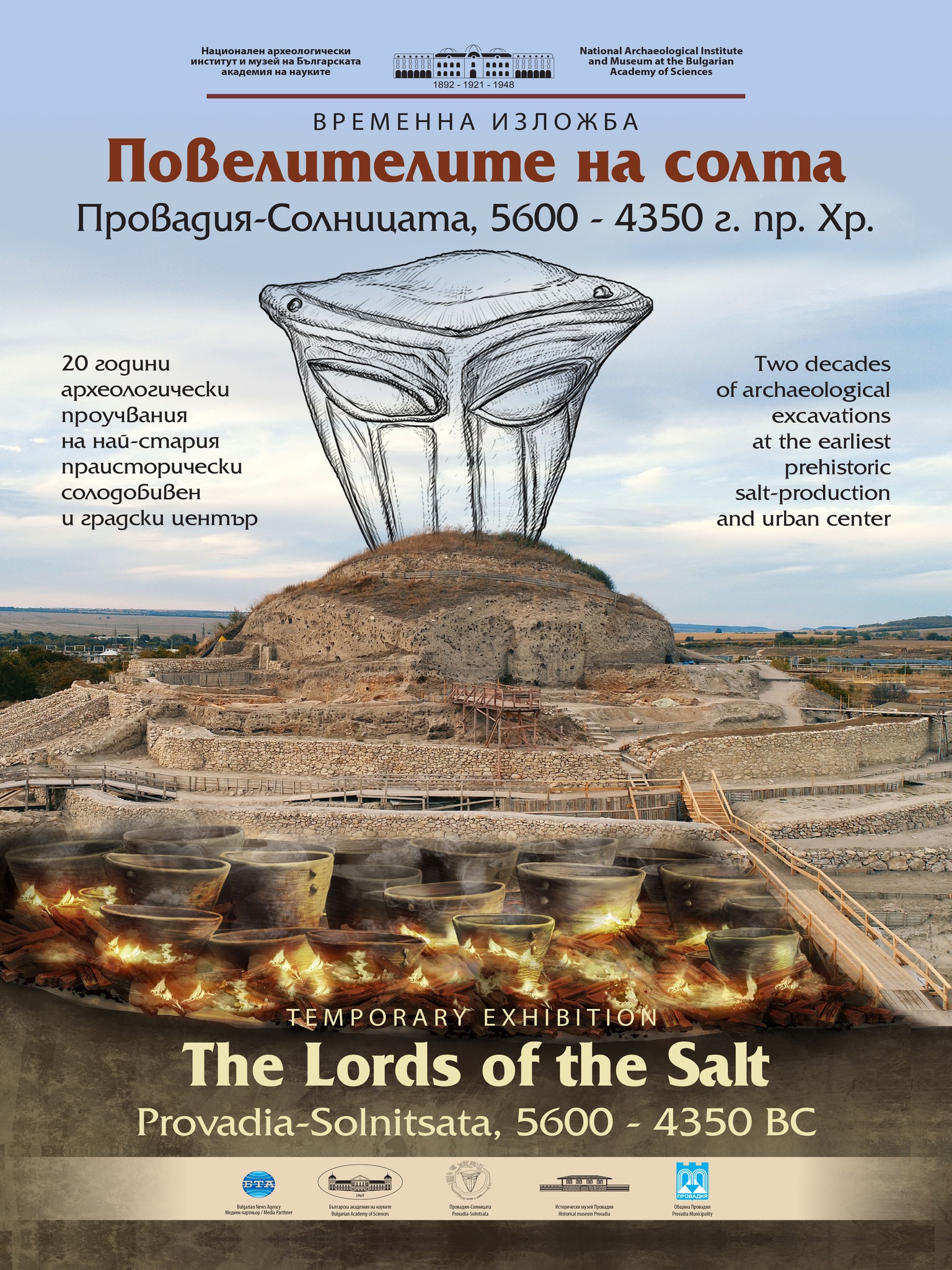.jpg)
Bird-shaped ceramic vessels
The long years of excavations and investigation of the prehistoric slat production and urban center Provadia-Solnitsata, have shown evidence that the salt production here had been continuous and constantly perfected process for nearly a thousand years.
At first it used to take place inside the houses, however at the end of the 6th millennia B.C. the production had been moved to a production center outside the settlement, which had formed near a strong salt spring. The facilities and the ceramic vessels used for production of salt had undergone a gradual modification increasing their capacity to allow gaining bigger quantities of the final product – salt. In the middle of the 5th millennia B.C. the salt production near Provadia had reached industrial magnitude for its time – only one full load of the facilities functioning at the time would bring 5 tons of pure salt!
Today, we find the huge salt production pits densely filled with sherds of the large sized, thick ceramic vessels used for brine evaporation at the end of the 5th millennia B.C. However, we have also found large number of fragments of a different type of ceramic vessels, with small size and a specific shape, closely resembling that of a bird. These vessels have elongated, horizontal body and elliptical rim. At the front part they have a cylindrical spout right under mouth, while their back side is slightly pointed or oval, shaping into a round or conical protrusion. The sizes of these vessels vary in a wide range – from rim diameter of 4 cm and height of the vessels itself of just 2 cm, to vessels with a rim diameter of 20 cm and height of 12 – 15 cm.
The large number of these specific vessels found at the production center shows that they were an important part in the production of salt, however, still to be investigated in detail.













